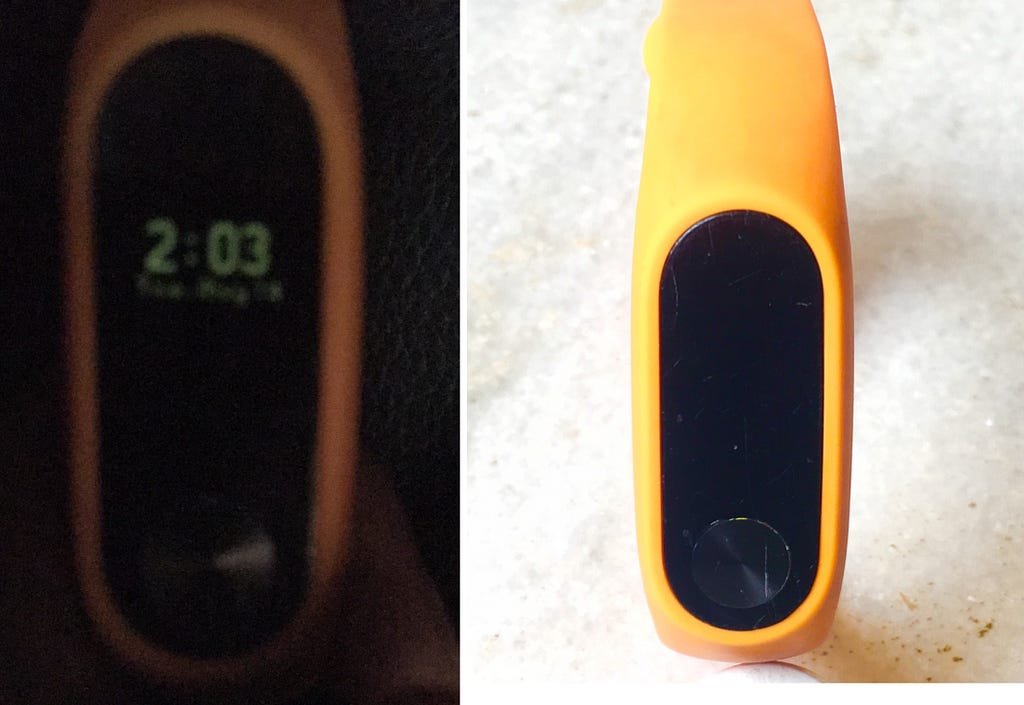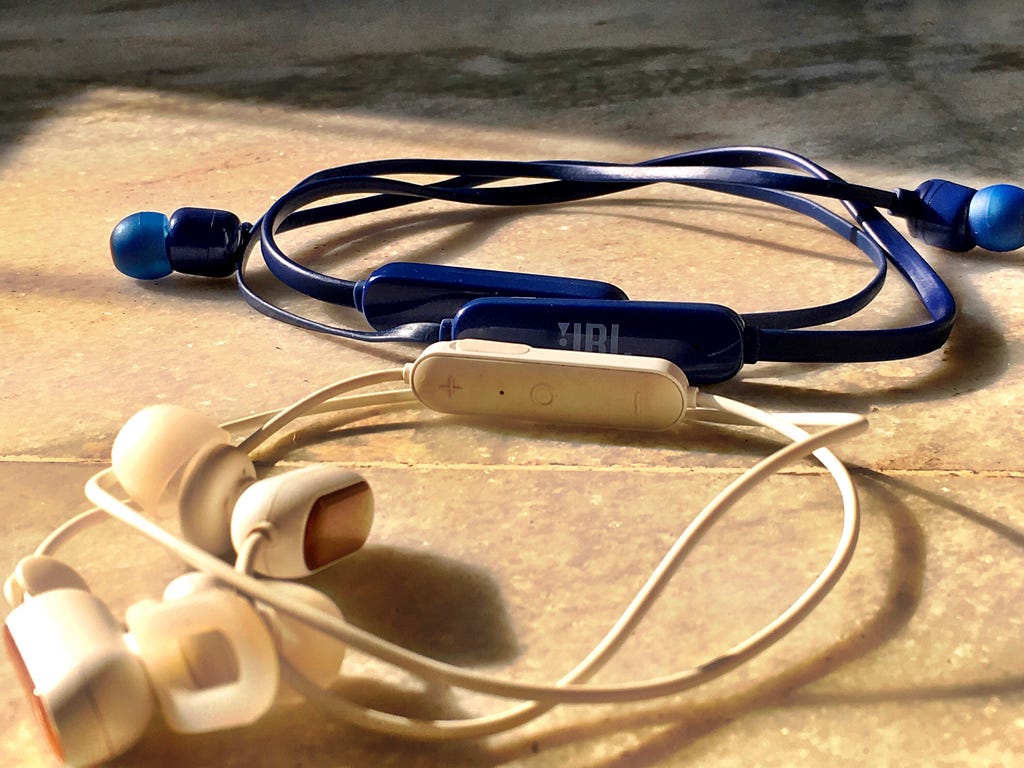Latest news about Bitcoin and all cryptocurrencies. Your daily crypto news habit.
 My two-year-old fitness tracker is no longer readable in daylight, even if I’m indoors
My two-year-old fitness tracker is no longer readable in daylight, even if I’m indoors
My Mi fitness tracker’s screen has been going dim and last week, it became impossible to see the time in daylight, which defeats the purpose of wearing a watch. On dropping in at the local Mi service centre, I was informed its battery had run down, and was unreplaceable. I couldn’t even exchange it for a new band either as the old band had no value. In short, I had no option but to junk it, and get a new band.
Financially, it made sense. My existing band cost around ₹1500 ($21) and I used it for over two years, so it has been real value for my money. Besides if I am willing to do without the rarely used heartbeat sensor, I could get a new Mi band HRX model for as little as ₹1000 ($15), which is quite reasonable.
What bothered me was my sudden realization that I was contributing to the world’s e-waste disaster in a big way. To quote this environmental site,
We generate about 40 million tons of it every year. This is equivalent to throwing out 800 laptops every single second.
And according to this site, wearables are now a $25 billion market globally with 245 million wearable devices expected to be sold in 2019. More than half of those devices will be fitness trackers, with the rest being smartwatches, augmented and virtual reality headsets and wearable cameras.
122 million fitness trackers a year, will generate a whole lot of e-waste.
Smartwatches like the Apple Watch do have replaceable batteries. But sooner or later, these devices too will join the e-waste pile so it’s just a case of delaying the inevitable.
But just when I was appreciating Apple environment-friendly policies, it struck me that Apple’s AirPods have non-replaceable batteries. Come to think of it, why aren’t Bluetooth headsets also considered as wearables? I mean we wear them over our ears, don’t we?
Portable Bluetooth headsets are definitely a huge source of e-waste. I have two sets myself, as my blue JBL succumbed to sweat (it later recovered), and I had to get the sweatproof Mi just for jogging.
Let me see if I can get some numbers for AirPods and Bluetooth headsets.
In 2018, Forbes reported that AirPods sales will go through the roof in the next few years. To quote the article,
Apple sold 14 to 16 million pairs of AirPods, Kuo said, but that number will reach 50 to 55 million next year and jump to 100 to 110 million by 2021.
Ouch!
According to this site, the entire headset market demand was 297.1 million units in 2015. A second site says the market will cross $20 billion in revenue by 2023, and also claims that 59% of the headset market is for wired headsets which is understandable as sound quality in bluetooth headsets is inferior.
Though Bluetooth technology has improved, sound quality is still not as good as wired headsets. What I have observed is that unless you compare wired and Bluetooth headsets side by side, you can’t tell the difference. I suspect ordinary users won’t notice unless they are audiophiles.
Besides, the new generation of audiojack-less smartphones is pushing users to accept the hassle of charging Bluetooth headsets in return for the convenience of going wireless, as well as features like longer battery life, water-proofing and noise cancellation.
My estimate is we are looking at over 200 million Bluetooth headsets being sold this year, which as I suspected is close to the entire wearables market.
The question is what can manufacturers do about it.
They can make Bluetooth devices with replaceable batteries like the Apple watch. In fact, my iMac has a trackpad and a keyboard which use replaceable batteries. I think Apple discontinued these in favour of the same with non-replaceable batteries. That was a step backwards. Sure, those replaceable batteries will eventually become e-waste. But it’s much better than throwing out the trackpad and the keyboard.
So what can we do to reduce this disaster?
Personally, I have decided to not replace my fitness tracker (and my Bluetooth headsets when they are done). I will miss them but it’s still only a compromise as I will have one battery-driven device on me, my smartphone. Actually, I track my run and listen to music via my phone when I go jogging. So my actual sacrifice is only my fitness tracker, and the wired headsets eventually.
It’s hard for a gadget lover like me to give up Bluetooth gadgets, but that’s the least I can do for Planet Earth for all that she has given me.
It may not be much. But tiny drops can fill an ocean.
The ball, or rather the battery, is in your court.
Wearing wearables that don’t wear out? was originally published in Hacker Noon on Medium, where people are continuing the conversation by highlighting and responding to this story.
Disclaimer
The views and opinions expressed in this article are solely those of the authors and do not reflect the views of Bitcoin Insider. Every investment and trading move involves risk - this is especially true for cryptocurrencies given their volatility. We strongly advise our readers to conduct their own research when making a decision.
